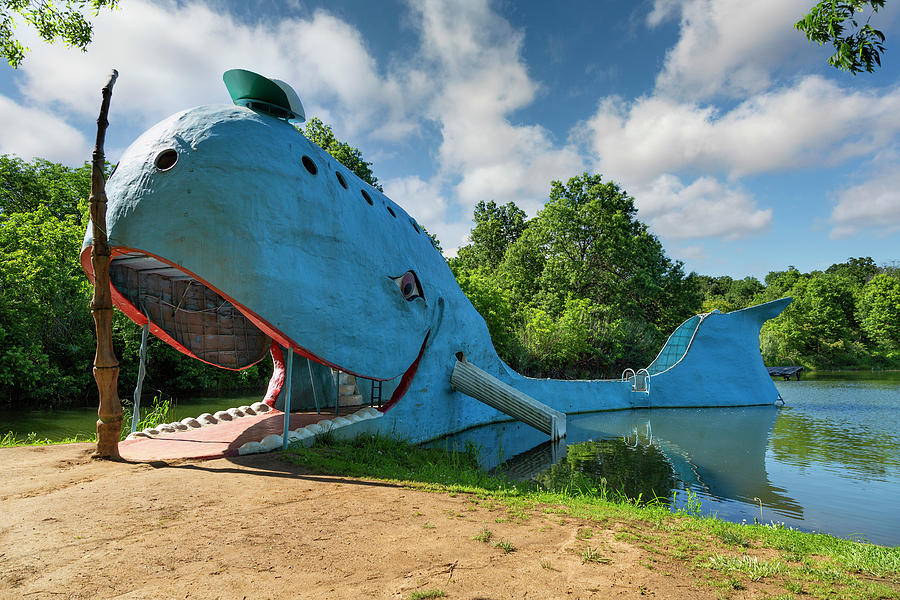
Hispanic or Latino of any race were 8.6% of the population. The racial makeup of the city was 72.0% White, 1.1% African American, 13.3% Native American, 0.8% Asian, 4.3% from other races, and 8.4% from two or more races. The population density was 639.2 people per square mile (302.3/km 2). Ĭatoosa is located along historic Route 66.ĭemographics Historical populationĪs of the 2010 census, there were 7,151 people, 2,581 households, and 1,876 families residing in the city. The Port of Catoosa is one of the farthest inland seaports in the United States, linking Tulsa to the Arkansas River, the Mississippi River, and eventually to the Gulf of Mexico.Ĭatoosa is linked by the South Kansas and Oklahoma Railroad through Owasso to Tulsa and points north. According to the United States Census Bureau, the city has a total area of 7 square miles (18 km 2), of which 7 sq mi (18 km 2) is land and 0.14 percent is water.Ĭatoosa has an inland seaport and the terminus of the Kerr-McClellan Arkansas River Navigation System. This location provides mid-America river shipping access at the Tulsa Port of Catoosa. Geography Ĭatoosa is located 14 miles (23 km) northeast of Tulsa, Oklahoma in Rogers County, Oklahoma. In the aftermath of the tornado, which caused an estimated $500,000 in damage, 100 National Guard troops were deployed by Governor David Walters. Seven people were left dead in the tornado's wake, with six of the fatalities at a truck stop and one in a trailer park. On the evening of April 24, 1993, the town was struck by an F4 tornado. The port connects to the Mississippi River and the Gulf of Mexico via the McClellan-Kerr Arkansas River Navigation System. As of December 2013, it had 70 businesses with over 4,000 workers. The port's 2,000-acre (8.1 km 2) industrial park provided jobs for over 2,600 workers by the 21st century. In 1971, the Tulsa Port of Catoosa opened and gave the town an economic boom. By 1930, the population was back down to 264, but by 1960, was up to 638. The local economy included a grain elevator, a cotton gin and mill, a marble works and some coal mines. The town grew from a population of 241 in 1900 to 410 by 1910.

He is buried in Dick Duck Cemetery located at the intersection of 193rd and Pine street. Various interpretations of this word exist, including: "between two hills", "on the hill", "into the hills", and possibly signifying a prominent hill or place thereon.Ĭatoosa was home to Bluford "Blue" Duck, the infamous outlaw depicted in Lonesome Dove. The name of the city is derived from the Cherokee language, phonetically pronounced "Ga-du-si" or "Ga-tu-si". In 1883, the Federal Government opened a post office here. After the Atlantic and Pacific Railroad laid tracks in the early 1880s, the community became a cow town, with the establishment of William Halsell's Bird Creek Ranch. So there.The Cherokee Nation controlled the region during the 19th century. May be reproduced in any form, by any means, Of this web site or its constituent elements The html files, are creative products coveredīy copyright law. All images, graphics,Īnd written content of this web site, including Visit a Blue Whale, Catoosa, Oklahoma Atlas Obscura article.Ĭontent of this web site is solely the editorial

Images are from 2010, after the first restoration (early 2000s) but before the second restoration (2020). Much of the scrub brush has been removed and the walking path on the north side of the pond has been cleared. The Whale itself has had a good cleaning. Since Catoosa has taken ownership of the land, there have been several improvements. In April 2020, the city of Catoosa, Oklahoma, purchased the Blue Whale and its surrounding 23 1/2 acres from its longtime owners, the Davis family. Hugh Davis' son, Blaine, was the caretaker at the property for many years. In the early 2000s it was restored by the people of Catoosa and employees of the Hampton Inn. Subsequently the Blue Whale fell into disrepair. Hence, the Blue Whale became a Route 66 attraction for only a few years because Route 66 was decommissioned in 1985.īy 1988, the Davises found that they could no longer handle the management of the attraction and it was closed. The Blue Whale in Catoosa, Oklahoma was built by Hugh Davis in the early 1970s as a surprise anniversary gift to his wife Zelta, who collected whale figurines.


 0 kommentar(er)
0 kommentar(er)
